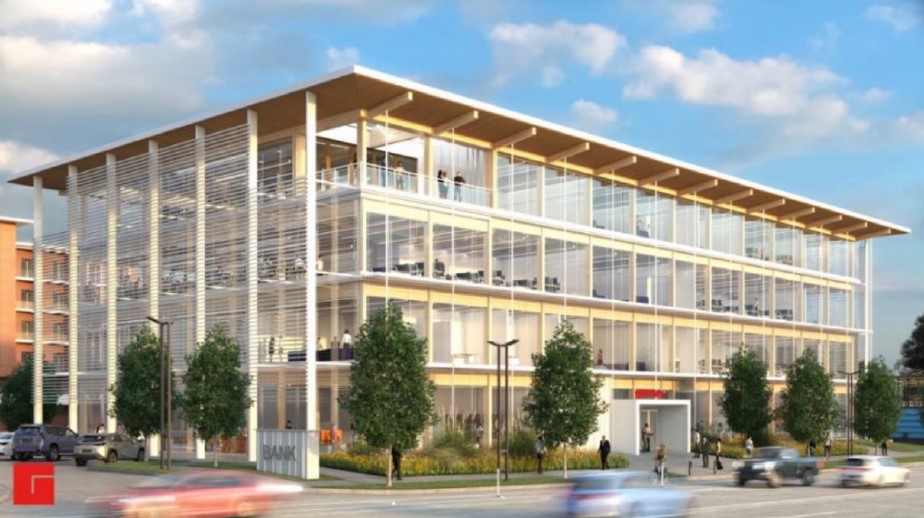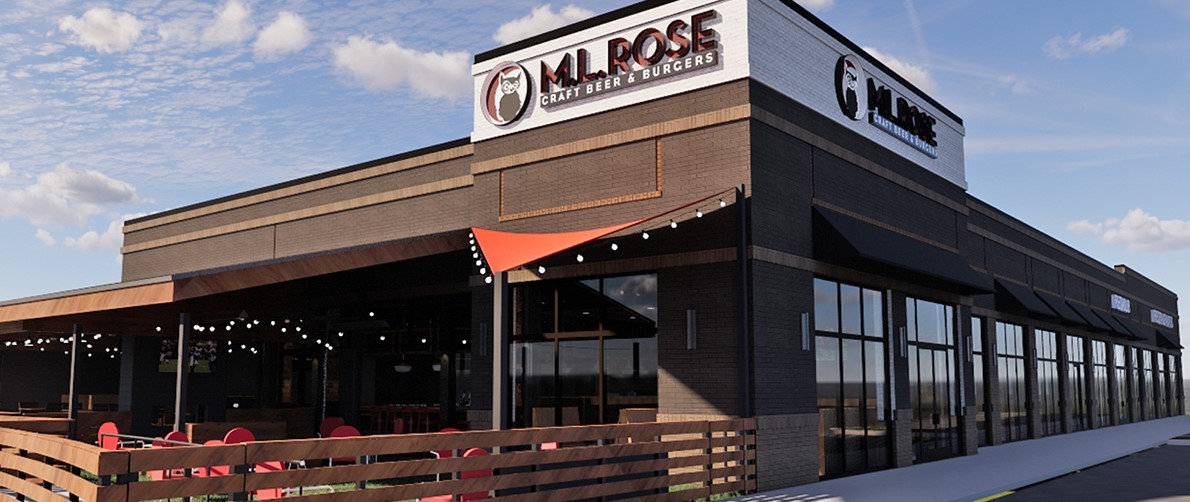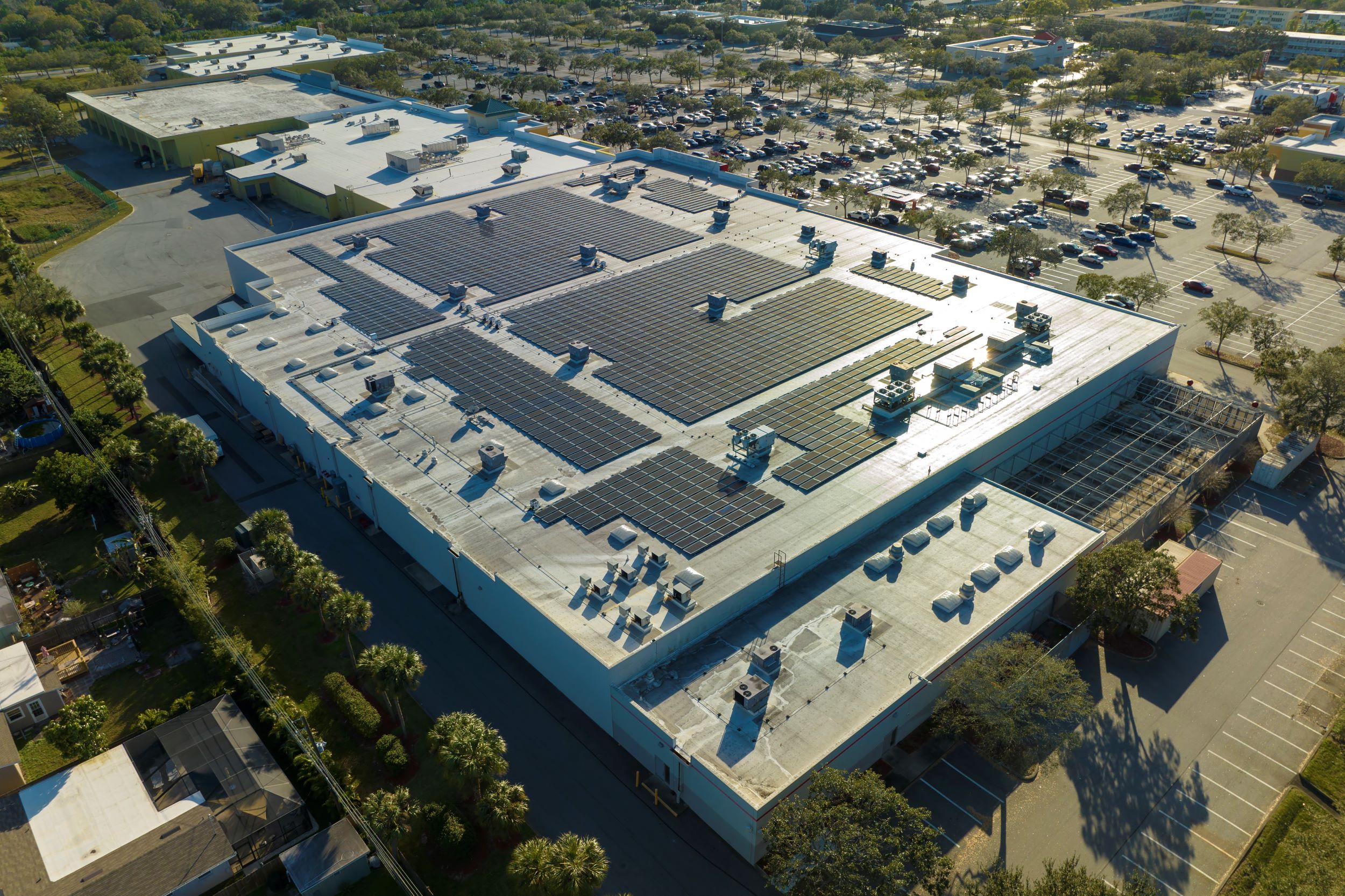An innovative financing tool that has funded more than $9.7 billion across 3,500+ commercial properties1, Commercial Property Assessed Clean Energy (C-PACE) offers long-term, fixed- or adjustable-rate financing for new construction, gut rehabilitations, renovations, and simple upgrades. C-PACE can also be used to recapitalize or refinance completed projects. Unlike typical construction loans, which require the building owner to provide 20% to 30% equity, C-PACE financing covers 100% of the cost of eligible improvements - such as energy systems (HVAC, lighting/electrical, elevator modernization, solar/storage), building envelope measures (roof, windows, insulation), water conservation and plumbing, and resiliency measures related to seismic, wildfire, extreme weather. Thanks to its unique structure, C-PACE decreases the need for equity or construction financing, lowers overall costs, and requires no refinancing of first mortgages, enabling building owners to make energy-efficiency enhancements they may not otherwise be able to finance.
Amalgamated Bank has been a longtime capital provider for PACE loans, with about $1.2 billion in PACE investments on its balance sheet. We partnered with C-PACE originator, Allectrify and their FASTPACE platform to fund the Alley North Office Development in Oklahoma City, the first adjustable-rate financing project under the Oklahoma County C-PACE Program.
Senior Climate Advisor, Bill Peterson, has decades of experience in facilitating PACE loans, and Amalgamated Bank PACE Administrator, Colleen Bucher, has over a decade of experience in sustainable finance and commercial real estate specializing in C-PACE and sustainable lending. In this Q&A, Colleen and Bill share why PACE is such a valuable program for commercial real estate financing and a critical tool to achieve infrastructure-level solutions to reduce energy use in buildings across the nation.
Why does C-PACE align well with Amalgamated’s mission?
Bill: C-PACE is core to our mission and philosophy as a sustainable institution dedicated to positive impact lending. We try to ensure that all our commercial lending has a positive impact, whether social, environmental, or economic. PACE checks the economic and environmental boxes.
Colleen: Yes, and from a pure dollars and cents perspective, it's a growth area we're anticipating because of the quality of that risk-adjusted yield and very, very little default or loss.
As a financing tool, PACE complements Amalgamated’s robust commercial real estate portfolio, allowing us to offer our commercial real estate customers a cost-effective way to facilitate energy-efficiency improvements in their buildings.
What makes C-PACE a good fit for Amalgamated from an investment perspective?
Colleen: We like the way C-PACE assets are structured. PACE financing utilizes legislation that allows building owners to finance the eligible improvements through voluntary tax assessments. The cost of the improvements is amortized over their useful life, generally up to 25 years, and the installment payments are usually made in the same manner and at the same time as the owner’s payments of property taxes and other voluntary assessments. Like property taxes, C-PACE assessments run with the property rather than being an obligation of an individual. If the property is sold, PACE assessments may transfer to the new owner(s).
Bill: From an investor perspective, PACE assets provide an incredibly low-risk investment. This is because of the non-accelerating priority that PACE assessments have in the property lien structure. Because they are generally pari passu with other property taxes, the amount owed in a given calendar year sits in front of any first mortgages or other debt on the property, providing an extremely strong collateral position. Part of the success of PACE programs is that they don't utilize government funds. PACE assessments are entirely financed through private capital providers and investors.
Amalgamated Bank has been a longtime capital provider for PACE, with about $1.2 billion in PACE investments on its balance sheet, including just under a billion dollars in its Residential Property Assessed Clean Energy (R-PACE) portfolio and about $286 million in its C-PACE portfolio.
Amalgamated partnered on the first adjustable-rate C-PACE transaction in Oklahoma County. How did the project come about?
Bill: Because each state or county jurisdiction sets the eligibility requirements for their program, qualifying improvements can vary depending on a property’s location. Amalgamated has developed a strong network of originators across the nation who are experts in the jurisdictions where they originate PACE assessments.
The Oklahoma project came about because of our relationship with a great originator, Allectrify. They brought us in on the project, which was exciting because it was, as you noted, the first adjustable-rate C-PACE deal in Oklahoma County.

Colleen: We were very excited to look at the Oklahoma project – as it’s also the very first mass timber office building in Oklahoma! One of the things we really like about Allectrify and FASTPACE is that they have been working to enable smaller C-PACE transactions. C-PACE can involve high transaction costs, both because of required legal documentation and because of nuances at the state and municipal level that can be confusing and create friction for building owners and lenders. For these reasons, the industry has leaned toward larger C-PACE assessments, in the $10 million-plus range. But 94% of commercial buildings are less than 50,000 square feet and these small- to medium-sized commercial buildings also need decarbonization, electrification, and resiliency. Allectrify is at the forefront of standardizing the documentation and legal requirements to help create opportunities for smaller C-PACE assessments. They've successfully developed a tech-enabled platform called FASTPACE for smaller C-PACE financing deals.
You’ve worked on a few other C-PACE projects with FASTPACE in 2025. Can you tell us a bit about those?
Colleen: In late May, we closed on an approximately $1.3 million C-PACE financing project for a 205kW (kilowatt) DC (direct current) solar PV (photovoltaic) installation and associated roofing upgrade at an industrial building in New Bedford, Massachusetts – notably the fourth C-PACE project closed under the PACE Massachusetts Program. The property is owned and operated by Marder Seafood, a trusted leader in premium sustainably sourced seafood for more than 50 years.

And in late June, we closed on Gallatin Pike, a $1.7 million retroactive C-PACE project that recapitalized the recently completed gut rehab of an 80-year-old retail structure. The building has been owner-occupied for more than two decades by Austin Ray, a Nashville-based restauranteur who owns M.L. Rose Craft Beer & Burger, which is one of several small businesses located in the bustling retail space. The project included electrical improvements, interior and exterior LED lighting, high-efficiency HVAC, insulation improvements, energy-efficient windows, and storm-resilience measures.
Where do you see the PACE program heading next?
Colleen: While PACE has been around since 2009, it's only in the last few years that we've seen a real growth in scale of C-PACE from large multinational financial institutions and the investment community.
There's active C-PACE legislation in 40 states plus Washington, D.C. Growth in C-PACE has been increasing as cities mandate energy-efficiency standards for commercial buildings and states struggle to meet renewable portfolio standards around decarbonization and electrification. Many of these changes are being required and enforced through fines and new building codes, with penalties set to increase over time.
Bill: While renewable energy may be sexier, energy efficiency improvements are really what give you the bang for the buck in trying to meet these portfolio standards. If we're going to achieve the type of infrastructure changes we need, I believe PACE will be a strong contributor to making that happen.
What do you see as Amalgamated’s role in the broader PACE landscape?
Bill: We are one of the larger PACE capital providers and are committed to further expanding our C-PACE portfolio. We’ve been investing in PACE for more than 10 years, and because we've been doing this for longer than most, we are knowledgeable. I recently had the opportunity to speak on a panel at the Scottish Green Home Summit in Edinburgh, Scotland, to help the UK establish a program like PACE.
Colleen: Our partners like to work with us because we have a strong balance sheet of PACE assets, so we can provide confidence in the certainty of execution. We’re also nimble and agile, so as the industry has grown and changed, we've evolved along with it. We're adept at looking at the specific circumstances of a project without being tied to how it has been done in the past. Ultimately, we’re proud to be a major player committed to helping more commercial property owners realize the benefit of C-PACE financing.
-----
Ready to explore how C-PACE financing can benefit your commercial project?
Connect with our experienced C-PACE team to discuss your financing needs.
Amalgamated Bank PACE Administrator, Colleen Bucher, is a sustainable finance and CRE professional specializing in C-PACE and sustainable lending, with experience in CPACE Origination, CRE loan portfolio and asset management, financial analysis and systems integration of high-growth start-up companies, sustainable finance organizations as well as global financial institutions. Prior to Amalgamated, Colleen was on the Forbright Bank CPACE team, specializing in originations and portfolio management in the Mid-Atlantic region, but she started her career in Corporate and Investment Banking at Wachovia Corp. (now Wells Fargo). Colleen also has extensive experience in volunteerism and project management, including roles as PTA President and 20+-year member of the Junior League of Washington.
Bill Peterson was previously the Chief Credit Officer at New Resource Bank and moved to New York to establish the Climate practice at Amalgamated after the acquisition in 2018. Bill is a pioneer in developing the concept of sustainable lending, working with the Global Alliance of Banking on Values, B-Lab and other organizations to develop metrics and best practices around values-based banking. At Amalgamated, he participated in the North American PCAF working group to develop an accounting method in which banks can measure the carbon output of their loans and investments. After a 30-year career in traditional commercial banking that began at Bank of America, he has helped lead and expand the impact lending philosophy at Amalgamated.
Source:
1 PACENation, Commercial PACE Market Data as of December 2024: https://www.pacenation.org/pace-market-data/

 Mobile Image
Mobile Image
 Mobile Image
Mobile Image
 Mobile Image
Mobile Image

